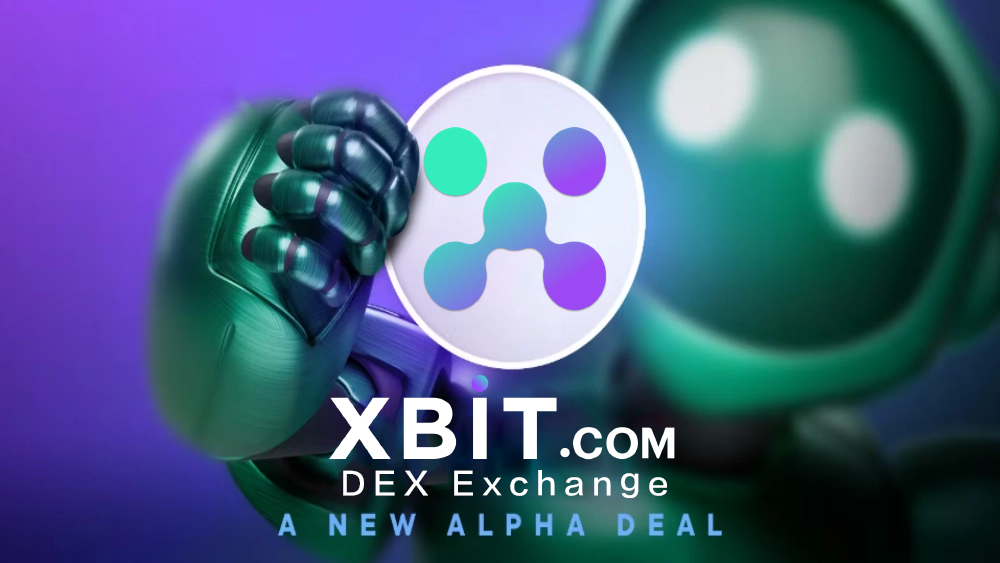In April 2025, the closed-door negotiations between the U.S. Treasury Department and Binance executives reached a deadlock. The latter's request to remove the anti-money laundering supervisor was rejected, exposing the compliance dilemma of centralized exchanges (CEX). At the same time, the EU Crypto-Asset Markets Act (MiCA) came into full effect, forcing CEX to disclose user asset reserves, driving an average of more than US$5 billion in funds per day to decentralized exchanges (DEX) such as Uniswap and dYdX. Against this background, the XBIT decentralized trading platform achieved a 42% increase in monthly trading volume with zero-knowledge proof cross-chain settlement and on-chain compliance modules, becoming a priority channel for institutional funds to avoid regulatory risks.
Binance compliance deadlock reflects CEX structural contradictions
On April 12, the Wall Street Journal disclosed the details of Binance executives' negotiations with the U.S. Treasury last month, seeking to terminate the independent supervisor system without success. The supervision mechanism stems from Binance's $4.3 billion settlement agreement in 2023, requiring it to cooperate in reviewing historical transaction records within five years.
People familiar with the matter revealed that Binance is simultaneously advancing cooperation with Trump's family World Liberty Financial and plans to list its stablecoin USD1, trying to ease regulatory pressure through political resources. However, the US Department of Justice's investigation into Tron Sun Yuchen continues to ferment, and the "cooperation in providing evidence" clause in the plea agreement of former CEO Zhao Changpeng (CZ) has aroused the community's doubts about CEX data sovereignty.

DEX trading volume grows against the trend, and technical compliance becomes the key
Under high regulatory pressure, DEX market share continues to expand. In the first two weeks of April, the average weekly trading volume of head platforms such as Uniswap and Curve exceeded US$18 billion, an increase of 67% over the same period in 2024.
Some DEXs support automatic screening of OFAC sanctioned addresses, intercept suspicious transactions and generate audit reports, and have passed the German BaFin pre-certification.
In addition, the XBIT decentralized exchange platform supports randomized transaction packaging order, reducing the success rate of sandwich attacks to 0.3%, and protecting user assets of more than 120 million US dollars per day.

Geopolitics drives DEX strategic differentiation
Asia and Europe have become the main battlefields for DEX expansion. The Financial Services Commission of South Korea intends to exempt DEX from strict KYC requirements, driving the local user base to grow by 55% quarterly.
XBIT decentralized exchange platform took advantage of the opportunity to launch the KRW (Korean won) fiat currency channel, supporting instant exchange of BTC and ETH. The US SEC has stepped up its litigation against CEX, and Coinbase's stock price has fallen by 12% month-on-month, which has prompted institutions to configure crypto assets through compliant DEX.
BlackRock's report shows that its crypto assets managed through DEX in Q1 increased to US$7.4 billion, accounting for 1.3%.
The evolution of DEX is not limited to trading experience. The XBIT decentralized exchange platform recently tested the "regulatory sandbox" function, allowing users to independently choose jurisdictional compliance rules, such as enabling the MiCA standard in the EU and switching to a loose mode in Switzerland. This "programmable compliance" framework has attracted institutions such as Goldman Sachs and UBS to conduct pilots, with the largest single transaction amount reaching 29,000 ETH.
However, sovereign states have different attitudes towards this: the Monetary Authority of Singapore encourages technological innovation, while India intends to legislate to prohibit non-KYC DEX operations, indicating the risk of global market fragmentation.

Decentralized infrastructure reconstructs the logic of capital flow
While Binance struggles in political lobbying, technology-driven DEX platforms such as XBIT are reshaping the trust mechanism with code rules. The struggle between regulation and innovation has never stopped, but the awakening of on-chain transparency and user sovereignty awareness may eventually define the main theme of the next crypto cycle.
















No comments yet